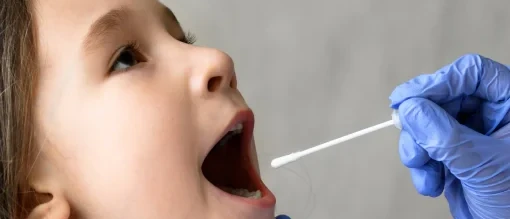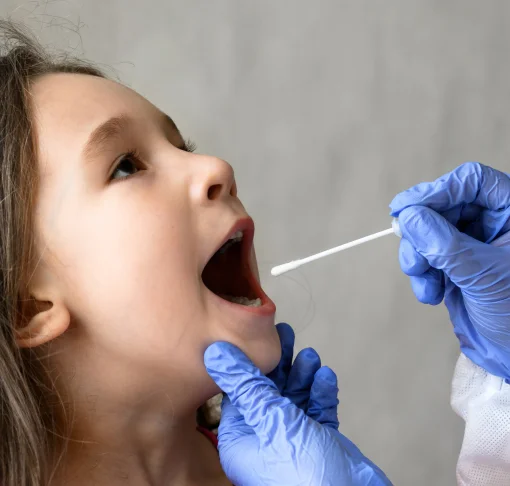We are closed over Christmas on 24–26 Dec, 29 Dec & 1 Jan
- Drug and Alcohol
Court approved hair, nail, blood drug and alcohol testing - Maternity and Paternity
Ministry of Justice approved legal DNA testing - Wider Relationships
Understanding second and third degree familial connections - Immigration
Home Office approved testing for visas and passports - Expert Services
Court standard expert witness reporting - International DNA Collection
Home Office approved DNA collection from overseas
Introduction to Methadone
Methadone is a synthetic opioid used primarily in the treatment of opioid addiction and for managing chronic pain. While it has legitimate medical uses, it is also a substance with a potential for abuse and misuse. As a Class A drug under the UK Misuse of Drugs Act 1971, methadone must only be used according to medical guidelines. Possession, distribution, or production of methadone without a prescription is illegal and can lead to severe penalties, including imprisonment.
Methadone Street Names
- Doll
- Meth
- Fizzies
- The Done
- Juice
Methadone's Chemical Structure
Methadone is a synthetic opioid with a molecular structure that is similar to other opioids like morphine and heroin. Its chemical composition allows it to bind to the opioid receptors in the brain, providing pain relief but also carrying a risk of addiction. Methadone’s long half-life makes it an effective treatment for opioid dependency, as it helps prevent withdrawal symptoms without producing the same euphoric effects as other opioids.
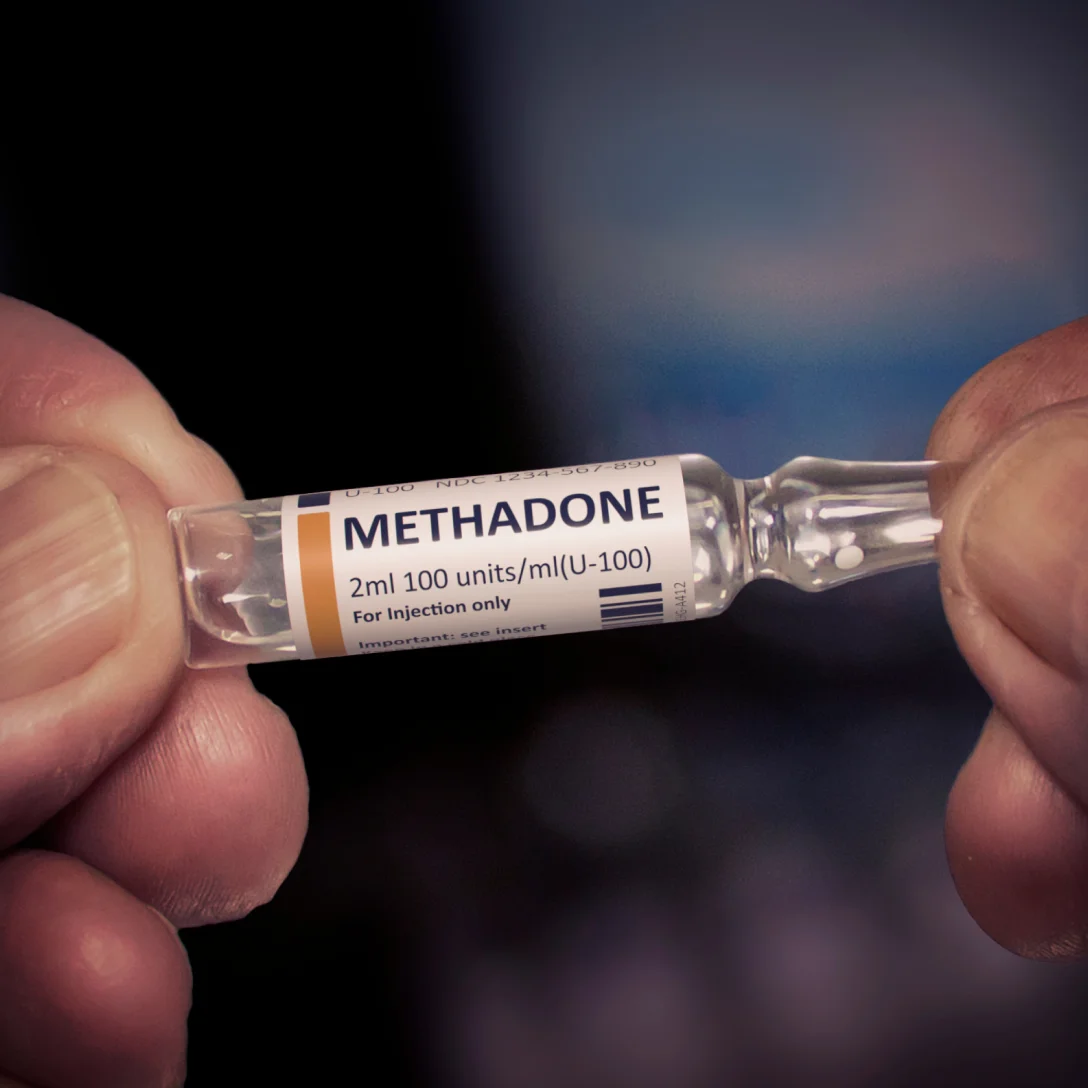
How To Test For Methadone
Here are the most common tests used to detect methadone and the timeframes they cover:
01
Hair
Long Detection Window (Months)

Hair drug testing can detect methadone for several months or longer, depending on the hair length. It provides a long-term history of drug use, though it cannot pinpoint specific consumption dates.
Explore Hair Drug Test02
Fingernail
Long Detection Window (Months)

Like hair testing, fingernail testing can detect methadone use for up to 12 months. It is sensitive and useful for monitoring prolonged substance use, though it cannot provide exact details on the frequency of consumption.
Explore Fingernail Drug Test03
Urine
Medium Detection Window (Days)
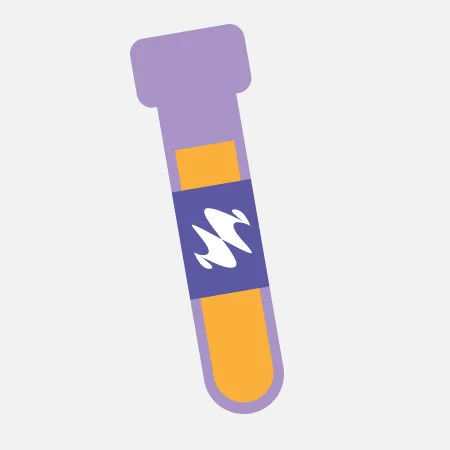
Urine testing is the most common method for detecting methadone. It can detect the drug for 1 to 7 days after use, though heavy users may have detectable traces for a longer period. Urine tests are effective for detecting methadone in the days following consumption.
Explore Urine Drug Test04
Blood
Short Detection Window (Hours to Days)
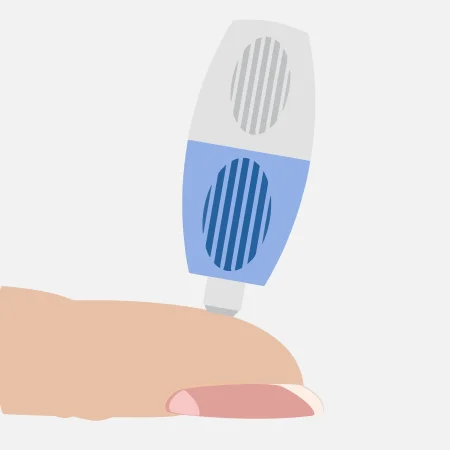
Methadone is detectable in the blood for 1–2 days after use. Blood tests offer precise, real-time results and are typically used in emergency or short-term situations to confirm recent consumption.
Explore Blood Drug Test05
Saliva
Short Detection Window (Hours to Days)
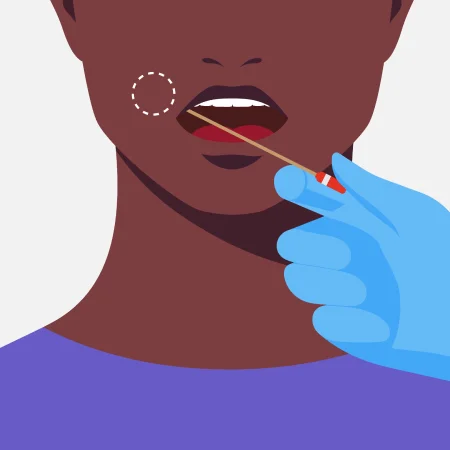
Saliva tests can detect methadone for up to 48 hours after consumption. These tests are rapid and provide results in a short amount of time, making them useful for on-site testing in legal or workplace scenarios.
Explore Saliva Drug TestLegitimate Use Cases for Methadone
Methadone is commonly used in opioid replacement therapy (ORT) to treat opioid addiction, such as heroin dependency. It is also used to manage chronic pain in patients who require long-term opioid therapy. By providing a controlled dose, methadone helps to prevent withdrawal symptoms and reduce cravings in individuals recovering from opioid addiction.
Will Methadone Show Up on a Drug Test?
Yes, methadone can be detected on various drug tests. Its presence may be tested during routine screenings in workplace drug tests or in legal situations such as custody hearings or criminal cases. Methadone’s detection depends on the testing method used and the time since consumption.
Get a Quote
How Long Does Methadone Stay in Your System?
Methadone has a long half-life, ranging from 8 to 59 hours, depending on individual factors like metabolism and frequency of use. This means that methadone can stay in the system longer than many other opioids, making it detectable in the body for several days or even weeks.
Get a Quote
Factors Influencing Methadone’s Presence in Your Body
- Metabolism: Faster metabolisms may eliminate methadone more quickly, while slower metabolisms can extend its presence in the body.
- Frequency of Use: Chronic users of methadone may have traces in their system for longer periods.
- Dosage: Higher doses of methadone can take longer to be eliminated from the body.
- Hydration and Body Mass: Being well-hydrated and having a higher body mass may affect how long methadone stays detectable.
Methadone Use in Legal Scenarios
Methadone drug testing is commonly required in legal cases involving addiction treatment, custody hearings, or criminal investigations. If a person is found to have used methadone without a prescription, it could affect legal decisions, such as custody arrangements or criminal sentences. In custody cases, positive methadone tests might indicate that a parent is undergoing addiction treatment, which could influence decisions about child welfare.
False Positives and Interpretation of Methadone Results
False positives can occur in methadone drug testing, particularly in urine tests where other opioids (such as heroin or morphine) may interfere with results. Medications containing similar chemical structures can also lead to false positives. To avoid misinterpretation, confirmation tests like gas chromatography-mass spectrometry (GC-MS) are necessary to validate results.

Popular Culture and Methadone
Methadone has gained attention in popular culture due to its role in addiction treatment and as a substance of abuse. It is often depicted as part of the "methadone maintenance" programs in movies and TV shows, sometimes highlighting the struggles of opioid addiction and recovery.
Get a Quote

Notable Forensic Cases Involving Methadone
In criminal or legal cases, methadone has been detected in individuals undergoing addiction treatment. For example, in custody battles or criminal defence cases, methadone testing has helped clarify a person’s history with substance abuse and their efforts to stay clean. Accurate drug testing can play a pivotal role in determining the outcome of these cases.
Risk of Contamination
Methadone can be found in hair and nails as a result of external contamination and ingestion. Hair exposure to surroundings with methadone, such as nearness to drug users or dirty surfaces, can result in contamination. Methadone can be detected via standard hair tests, but sophisticated cleaning and washing techniques are necessary to differentiate between actual drug use and external exposure. To guarantee accurate and equitable outcomes, this is especially crucial in legal and professional environments.
Contamination of methadone samples is a risk in any drug testing process. Strict protocols must be followed to ensure that samples are not contaminated, especially in cases involving hair, nails, or urine tests.
Get a Quote
